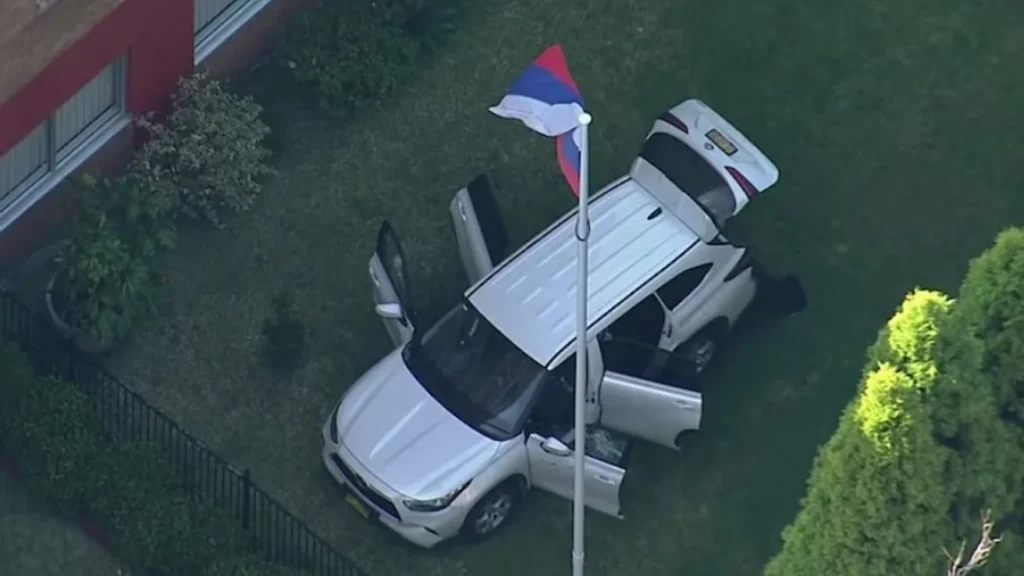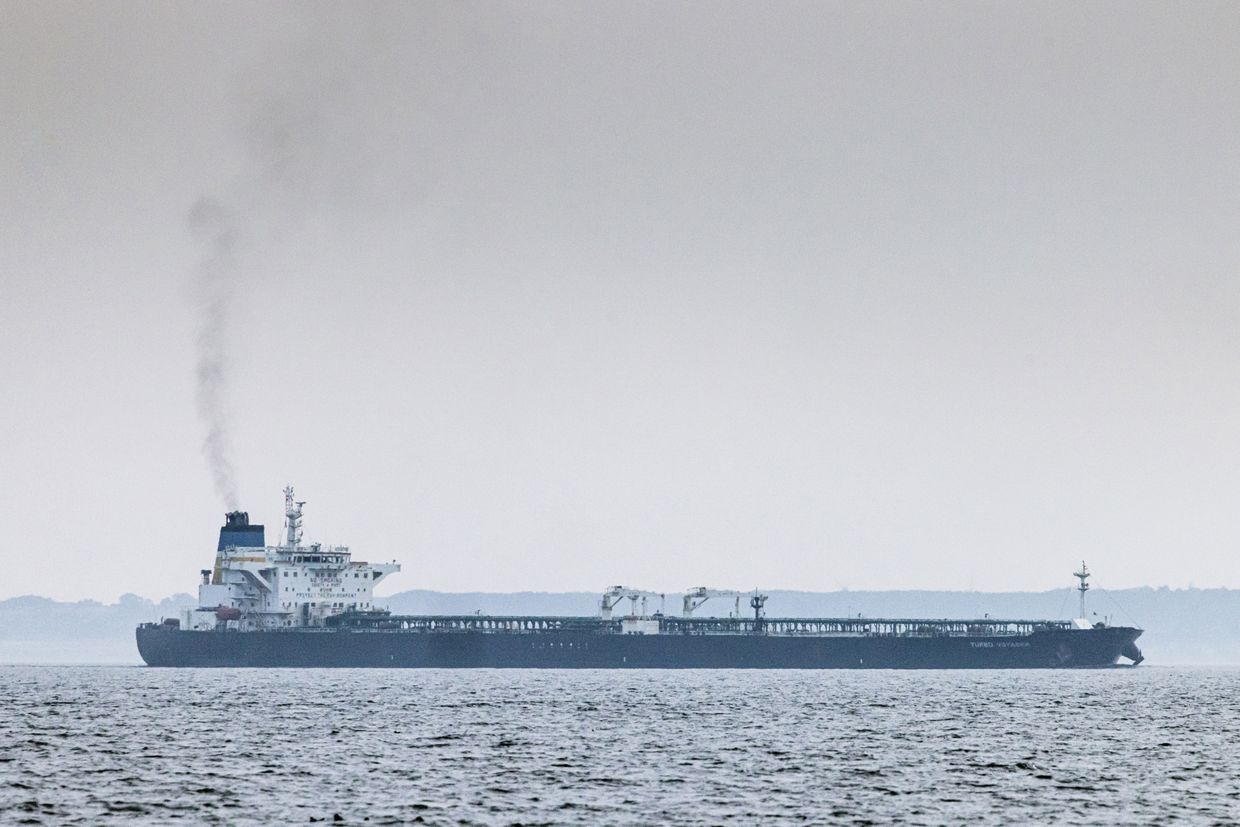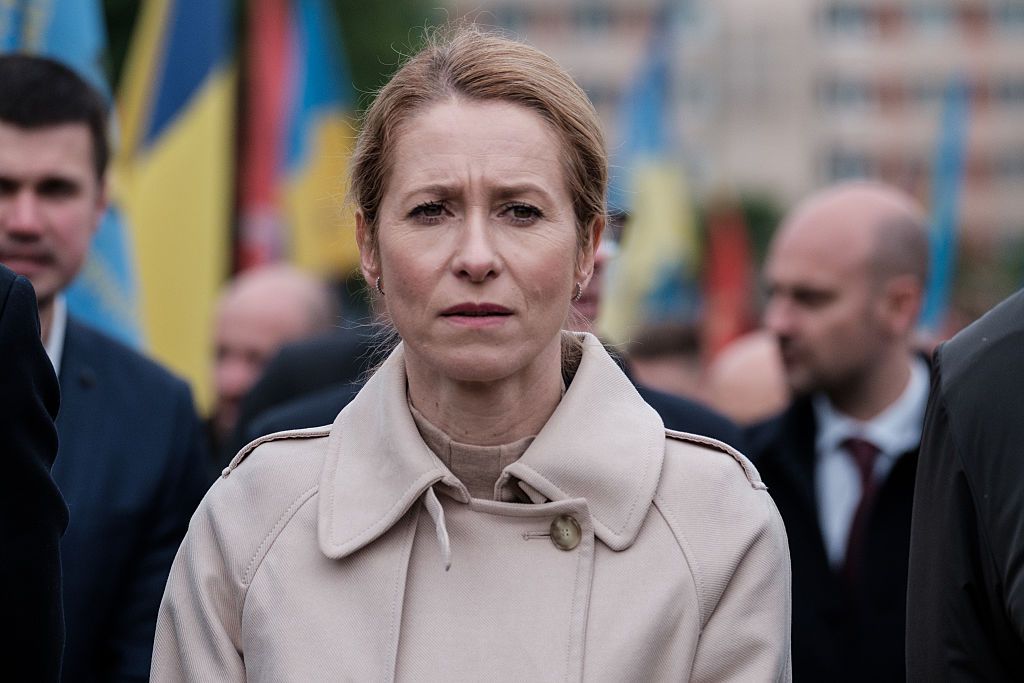Australian Woman, Erin Patterson, Gets Life in Mushroom Murder Case

© Jason Edwards/Newswire, via Agence France-Presse — Getty Images


© Jason Edwards/Newswire, via Agence France-Presse — Getty Images


© Australian Defence Force


A 39-year-old man crashed his white SUV through the gates of the Russian consulate in Sydney’s eastern suburbs on the morning of 1 September after police attempted to question him about his unauthorized presence on the property, according to New South Wales Police.
Officers responded to reports of a suspicious vehicle parked in the consulate’s driveway in Woollahra around 8:30 AM. When police tried to speak with the driver, “the man allegedly drove his vehicle into the gates of the property” and continued onto the lawn, police said, according to The Guardian.
Helicopter footage captured the aftermath: the vehicle with doors open and smashed front windows positioned near a large flagpole on the consulate grounds.
An eyewitness described the confrontation to local media: “I came out and I saw a policeman with a gun, his glock, pointing at the man in the car, asking him to get out of the car. He didn’t [get out], rammed through the gates, drove onto the property and stopped again.”
The incident injured a 24-year-old constable who sustained a hand injury and received treatment from NSW Ambulance paramedics, according to police reports.
Pro-Kremlin influencer Simeon Boikov, known online as Aussie Cossack, witnessed the events from inside the consulate where he has been staying for 1,000 days while facing assault charges. “From my side, it looks like a diplomatic asylum attempt,” Boikov told reporters from within the building.
The driver was arrested and taken to Surry Hills police station for questioning. Federal police detectives launched an investigation, with the Australian Federal Police’s Diplomatic Protection Unit also involved. The vehicle was towed from the premises around 10 AM.
Minor damage to the front gate was quickly repaired, and federal police officers maintained security around the area. The Russian consulate has not responded to requests for comment, reports Guardian Australia and ABC News.
Boris Kragen, a 77-year-old Russian national from Moscow, arrived at the consulate for paperwork but found the leafy street cordoned off with police tape and multiple patrol cars blocking access.
Video footage from witnesses captured police shouting commands at the driver: “Get out of the car immediately” and “Get on the ground,” according to media reports. The damaged driver-side windows suggested police used batons to gain access to the vehicle.
New South Wales Police confirmed the investigation remains ongoing.


© Hollie Adams/Reuters


© Bianca De Marchi/Australian Associated Press, via Reuters


© Dave Sanders for The New York Times


Australia has, for the first time, imposed sanctions on Russia's so-called "shadow fleet" of oil tankers, targeting 60 vessels used to circumvent international sanctions and sustain the Kremlin's war effort in Ukraine, the Australian government said on June 18.
The move aligns Canberra with similar measures introduced by the United Kingdom, Canada, and the European Union.
Australia's Foreign Ministry said the sanctioned vessels operate under "deceptive practices, including flag-hopping, disabling tracking systems and operating with inadequate insurance," enabling illicit Russian oil trade that undermines international sanctions.
"Russia uses these vessels to circumvent international sanctions and sustain its illegal and immoral war against Ukraine," the ministry said in a statement.
With this move, Australia has now sanctioned more than 1,400 Russian individuals and entities since Moscow's full-scale invasion of Ukraine began in February 2022, the government said.
The step comes amid the continued operation of Russia's shadow fleet. According to a recent study by the Kyiv School of Economics (KSE), Russia currently operates 435 tankers outside the control of Western regulators to evade sanctions such as the G7-EU price cap on Russian oil.
These vessels are typically un- or underinsured and pose a rising environmental risk due to their age and operational opacity.
KSE estimates that as of April 2024, 83% of Russia's crude oil and 46% of its petroleum product exports were shipped using shadow fleet tankers. The study warns that this undermines the effectiveness of Western sanctions and increases the likelihood of maritime disasters, as many of these ships fall outside international safety and insurance standards.
The EU formally adopted its 17th sanctions package against Russia in May, sanctioning nearly 200 vessels tied to the shadow fleet. EU foreign policy chief Kaja Kallas said the new measures also target hybrid threats and human rights violations, with more sanctions under consideration.
Some EU member states and observers have criticized the package for lacking stronger provisions to disrupt Russia's sanction evasion schemes.
Now, the EU seeks to approve its 18th sanctions package, which will add 77 more shadow fleet vessels to comply with the cap to prevent Russia from circumventing sanctions and propose imposing a ban on imports of petroleum products made from Russian oil.
The United States has signaled reluctance to pursue additional sanctions despite Moscow's continued aggression in Ukraine and rejection of ceasefire proposals supported by Western allies.
 The Kyiv IndependentAnna Fratsyvir
The Kyiv IndependentAnna Fratsyvir